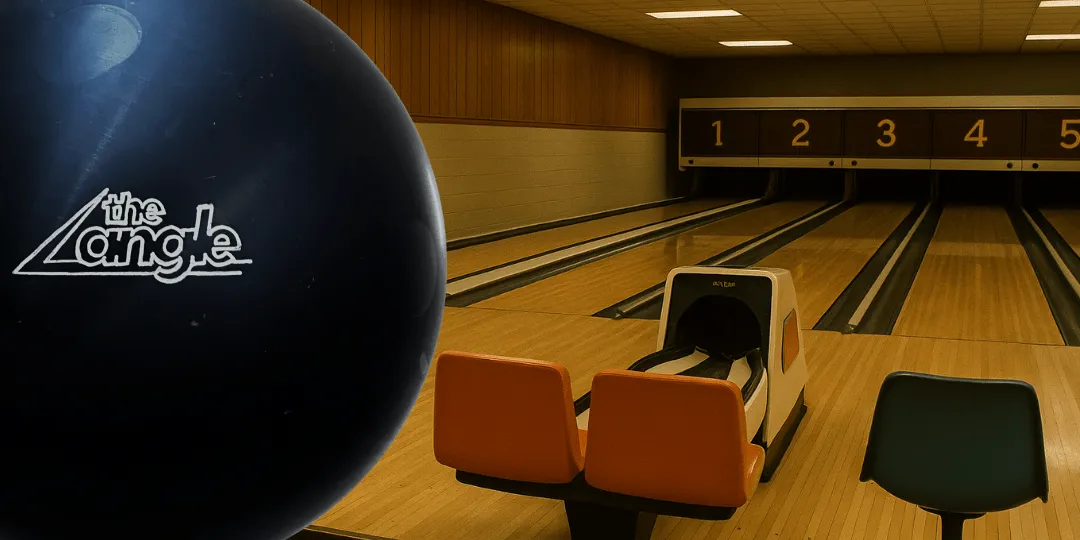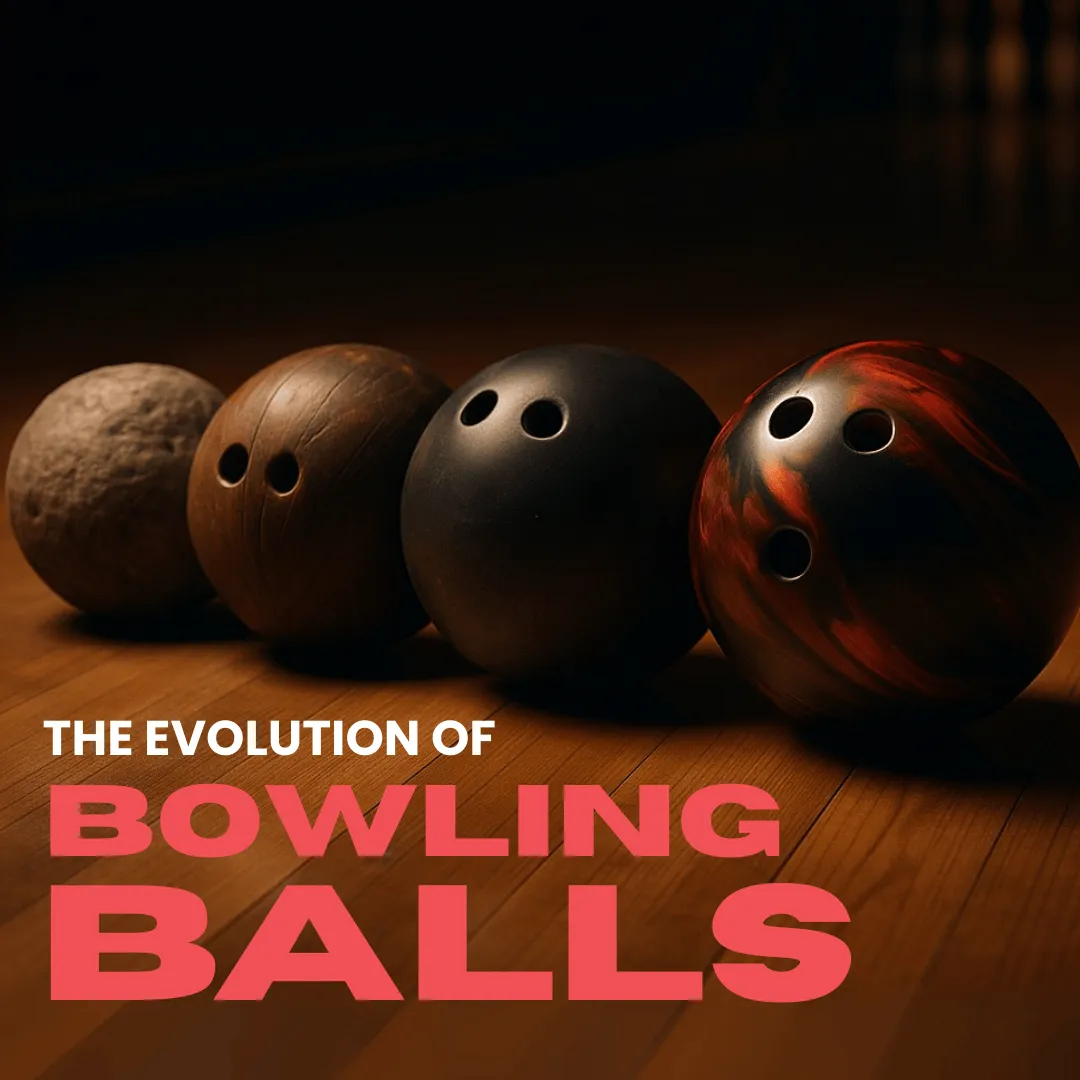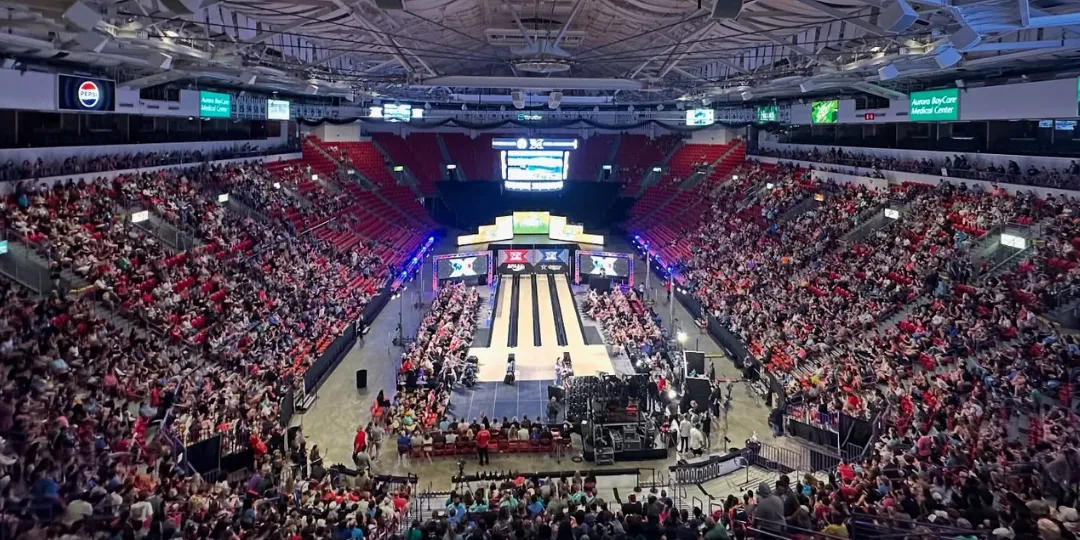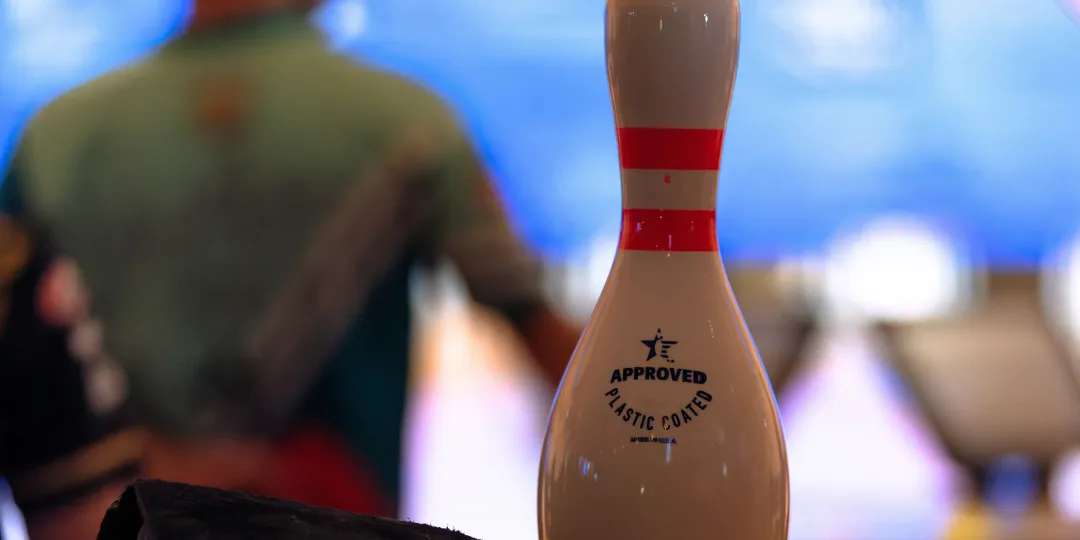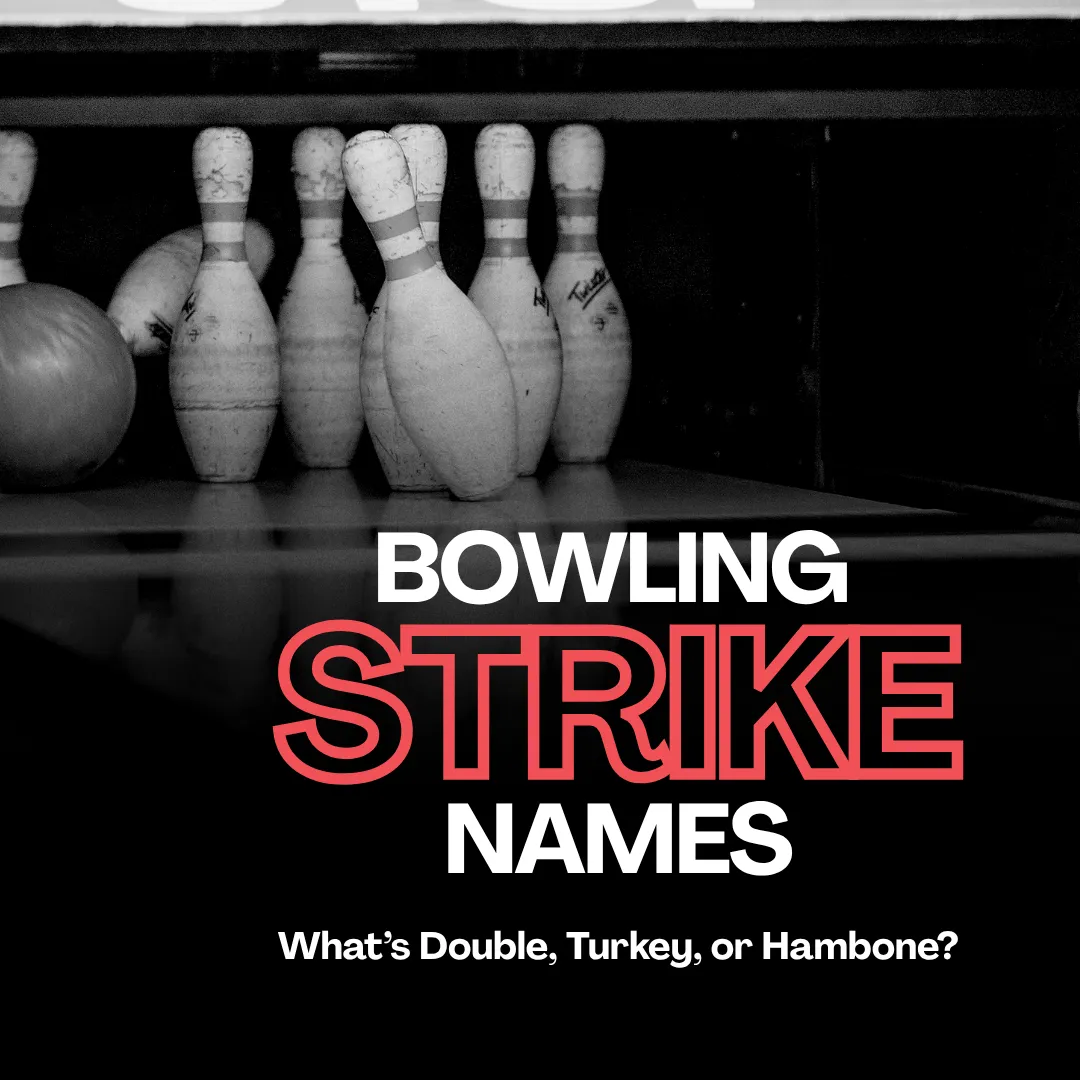This article is based on historical information shared by Gary Beck on Facebook, who provided valuable insight into one of the most debated moments in bowling equipment history.
This week, the United States Bowling Congress (USBC) released an official statement confirming that it is in advanced talks to ban urethane bowling balls from certified competition.
According to USBC, urethane affects lane pattern integrity, creates possible imbalances in competitive fairness, may limit player development, and presents enforcement challenges due to its softness over time.
USBC’s Equipment Specifications Committee is currently reviewing survey feedback and manufacturer input, with a decision expected later in 2025.
But this is not the first time the sport faced such a crossroads with urethane bowling balls.

Back in 1981, the Professional Bowlers Association (PBA) came very close to banning urethane bowling balls entirely.
This wasn’t due to long-term softness or lane integrity concerns, but because of how dramatically the new ball changed performance during competition.
By 1974, AMF, a major bowling brand, was struggling with market share. It had shut down its ball factories and outsourced ball production to competitors. Not satisfied with the results, AMF hired Edmond Leary, MIT engineer, to design a new kind of ball that would dominate the lanes.
Leary began testing his designs at the 1979 Bowling Proprietors' Association (BPAA) U.S. Open and returned a year later with 36 prototypes, tested by six PBA players.
Ten months later, 125 newly built bowling balls were delivered to the 1981 PBA National Championship in Toledo, Ohio.
The ball, later named the AMF Angle, was black with a pancake weight block - just like most of the balls on the market. But on the lanes, it was anything but ordinary. It hooked more and hit harder than anything bowlers had used before.
Within a month, AMF gave away over 2,000 Angles to players on tour. For free, as a marketing campaign. After that, even bowlers known for throwing straight suddenly were hooking like crazy. The change was hard to ignore.

Concerned about how much the ball was impacting scoring, the PBA Tournament Committee had to make a move. In early April 1981, just a yar after AMF Angle was released,all eleven committee members voted unanimously to ban urethane bowling balls.
But when the PBA Executive Committee met later that month in Las Vegas, the plan was rejected.
The reason was financial. The PBA depended on support from bowling ball manufacturers, and banning urethane would hurt those relationships.
So, despite the serious concern, the ban on urethane never became official. The ball stayed on tour. Over time, it changed how equipment was developed and how the game was played.
More than 40 years later, the debate continues wether should urethane be banned or not.
This article is based on information originally provided by Gary Beck on Facebook.
